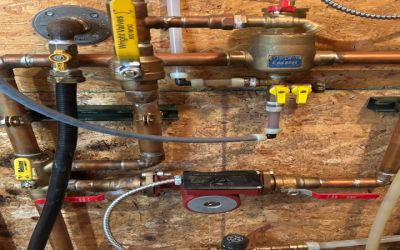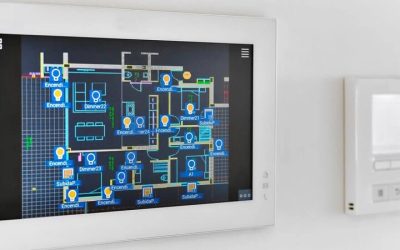Since the 1980s, perfusion cell culture, also known as upstream continuous bioprocessing, has been used to increase facility utilization, broaden the scope of process flexibility, and reduce operating expenses. Implementation has been vastly simplified because of cutting-edge technologies, complex control logic systems, cell culture supplements, and single-use assemblies. As a result, perfusion has become the foundation of intensification and continuous processing.
What is Perfusion Cell Culture
Perfusion cell culture uses a device that keeps the cells in place and a constant exchange of media to get and keep high cell densities and viability for long periods, usually weeks. The product of interest, waste products, and spent (or exhausted) media are continually withdrawn while the cell retention device keeps the cells contained within the bioreactor. At the same time, new media is continuously introduced.
The pace at which product and spent media are extracted from the bioreactor is matched by the rate at which fresh media is introduced. Filtration systems that employ membranes made of hollow fibers are the most dependable and widespread variety of membranes.
Long-Term Perfusion
Long-term perfusion is simply one use of the perfusion technique. It stands in contrast to perfusion applications based on shorter periods of time, such as High Productivity Harvest (HPH), which concentrates on speeding up the fed patch processes over the course of a few days. Intensifying the seed train by the use of perfusion may also be done, which results in fewer stages and a shorter total production time.


